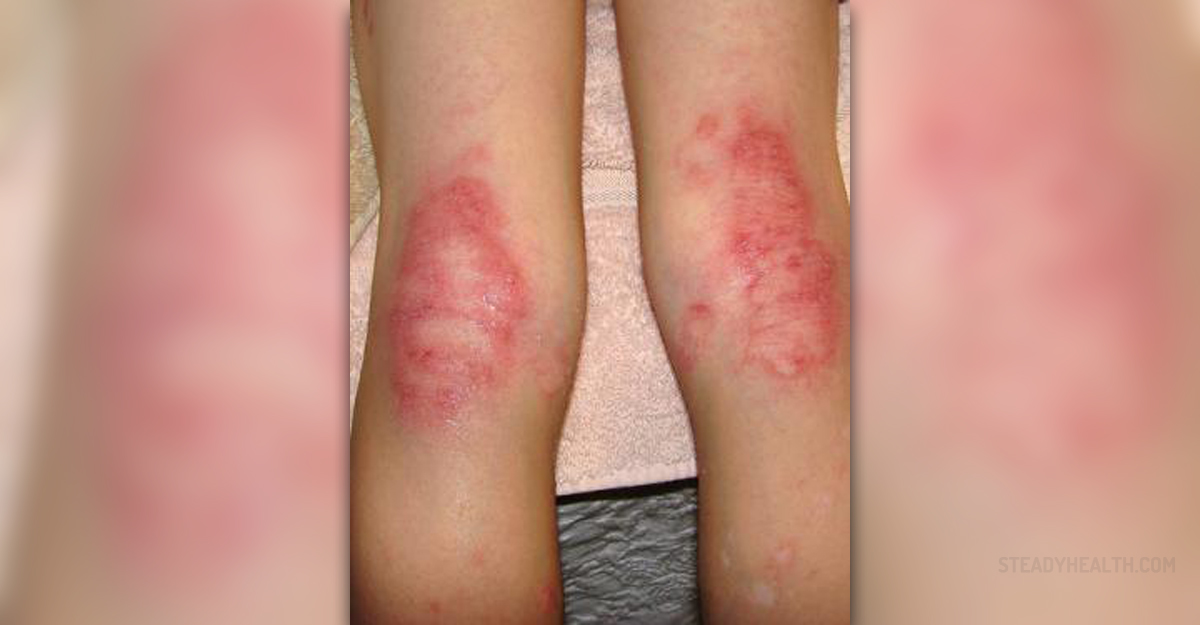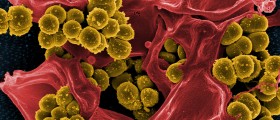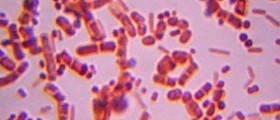
Staphyloccocus: An Overview
Staphylococcus is a round-shaped, gram-positive species of bacteria. The bacteria got its name from the Greek words “staphyle” and “kokkos”, which means “a bunch of grapes”, because these species are mostly found in clusters when viewed through a microscope.
Staphylococcus bacteria were identified and named by Rosenbach, in 1884. There are different strains of Staphylococcus bacteria that are classified into one of two main groups, coagulase-positive and coagulase-negative, depending on their ability to produce coagulase, proteins responsible for blood clotting.
Staphylococcus aureus is the most pathogenic coagulase-positive strain, which is responsible for most infections in humans. Staphylococcus epidermidis is coagulase-negative strain, not highly virulent but usually associated with implanted devices such as catheters.
Diseases caused by Staphyloccocus
Staphylococcus bacteria can infect different tissues in the human body. Most infections are caused by Staphylococcus aureus, which usually first affects the skin. But if these bacteria enter the bloodstream, other organs can be infected too.
Staph infections of the skin usually occur when the skin is damaged due to cuts, abrasions, or burns. Skin infections are commonly localized and can manifest in different ways, such as:
- A boil. Medically called a furuncle, this is a pus-filled infection around a hair follicle.
- A carbuncle, which is a cluster of boils that has come together.
- A stye, an infection of an oil gland in the eyelid.
However, Staphylococcus aureus infections can also affect large areas of the skin, resulting in impetigo, cellulites or folliculitis.
When the bacteria reach the bloodstream, it can cause infections in many body organs. These include:
- Blood infection (sepsis)
- Lung infection (pneumonia)
- Heart valve infection (endocarditis)
- Bone infection (osteomyelitis).
These are severe conditions that can be fatal, and the sooner someone receives medical treatment, the better it is for their prognosis. Staphylococcus aureus can also cause scalded skin syndrome that affects infants, the breast infection mastitis that affects breastfeeding women, and toxic shock syndrome that affects menstruating women due to the use of certain type of tampons.
Finally, staphylococcus aureus can cause septic shock and food poisoning because of toxins produced by the bacteria. Staphylococcus epidermis, another strain of staph, rarely causes infection. However, people with weakened immunity and implanted medical devices such as catheters or ostomy bags are more susceptible to S. epidermidis infections.
Symptoms of Staph Infection
Localized skin infections like boils and furuncles are characterized by red, painful and swollen areas of the skin with the drainage of pus, a yellow-tinted substance that contains dead white blood cells, bacteria, and debris, among other things.
Impetigo is an infection of surface of the skin, which manifests as a painful skin rash and large blisters. Cellulitis is an infection of the connective tissue under the skin that causes swelling and redness of the affected area. Not to be confused with cellulite, cellulitis can become very dangerous and even deadly if it is left untreated.
Symptoms of scalded skin syndrome (which gets its name because it makes the skin look as if it were burned) include fever, a skin rash, and sloughing of the top layer of the skin.
Blood poisoning, or septicemia, is accompanied with persistent fever, chills and low blood pressure. Toxic shock syndrome causes symptoms like a high fever, headache, muscle aches, and seizures.
Food poisoning is accompanied with nausea, vomiting, diarrhea and abdominal cramps.
Staphylococcus epidermidis infections will featured the presence of redness, tenderness and pus on the area where a catheter is introduced.

















Your thoughts on this
Loading...